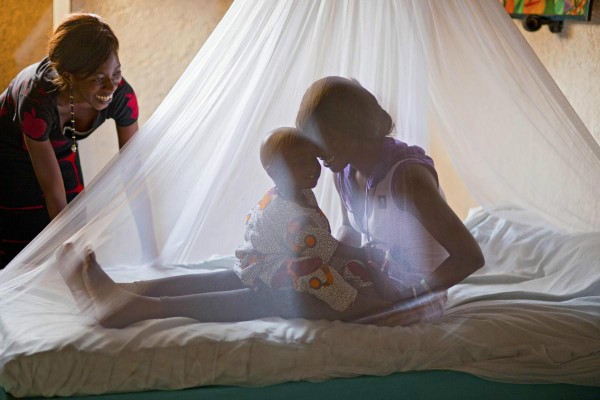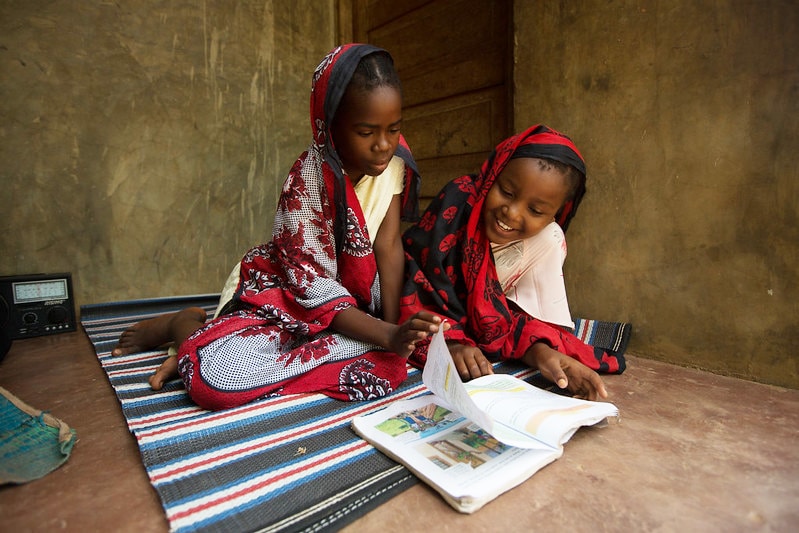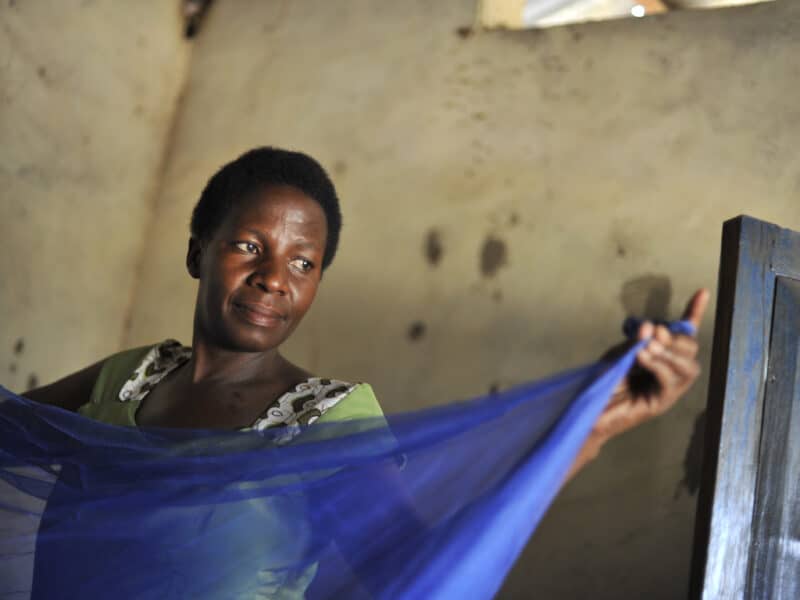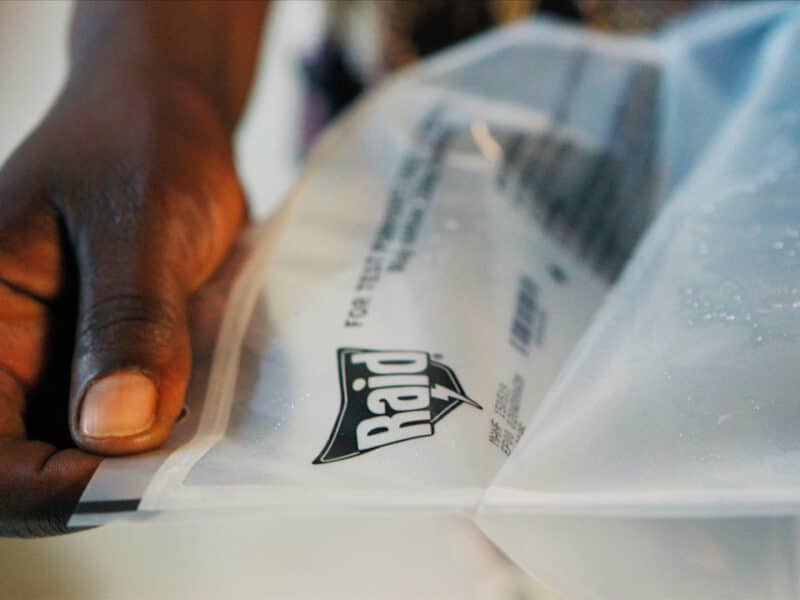A study released today by the Johns Hopkins Bloomberg School of Public Health Center for Communication Programs (CCP) suggests that rates of net use are much better than previously thought, if measured using appropriate indicators.
The authors found that population access to an insecticide treated net (ITN) within the household provides a much more appropriate comparison for ITN use than does the household ownership indicator. The article, Recalculating the net use gap: a multi-country comparison of ITN use versus ITN access, is published in PLOS ONE.
“Past studies compared net ownership to net use and found a large gap,” explains Hannah Koenker, Senior Technical Advisor for Malaria at CCP and lead author of the article. “But these comparisons overlooked the fact that the ownership indicator measures only whether there is or isn’t a net in the household, not whether there are enough nets in the household to protect all family members. For this reason, we compared ITN users to those with access to a net within their household.”
Koenker and colleagues applied Roll Back Malaria’s Monitoring and Evaluation Reference Group’s two newly defined indicators for ITN programs: the proportion of households with one ITN for every two people (“household access”) and the proportion of the population with access to an ITN within the household (“population access”) to 41 Demographic and Health Surveys and Malaria Indicator Surveys. Their aim was to recalculate the net use gap to show more accurately what percentage of people aren’t using nets when they have one available. They found that on the whole, 89% of people with access to a net within their household were using one, and that rates of net use were higher in countries where access to nets was over 50%.
“These findings are especially important for the donor and malaria control program communities as they show that the vast majority of those who have access to ITNs are using them, and that donor investments are not being wasted,” stated Koenker. “This is critical as the net use gap has typically been interpreted to be a failure of behavior change communication interventions. In fact, BCC programs have clearly done their job well.”
Authors of “Recalculating the net use gap: a multi-country comparison of ITN use versus ITN access” include Koenker and Albert Kilian of Tropical Health. Funding for this study came from USAID through the NetWorks project at CCP.





